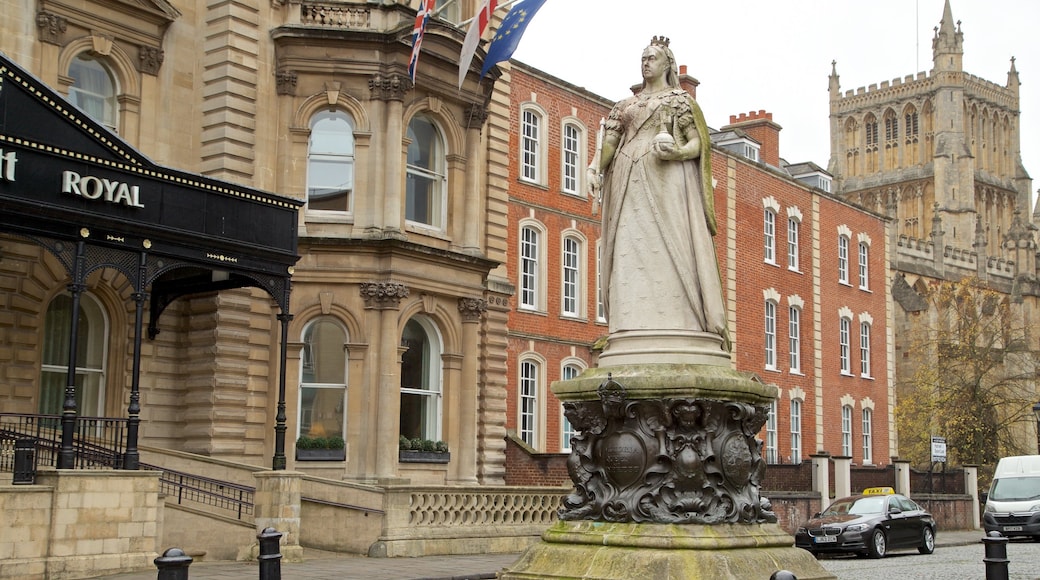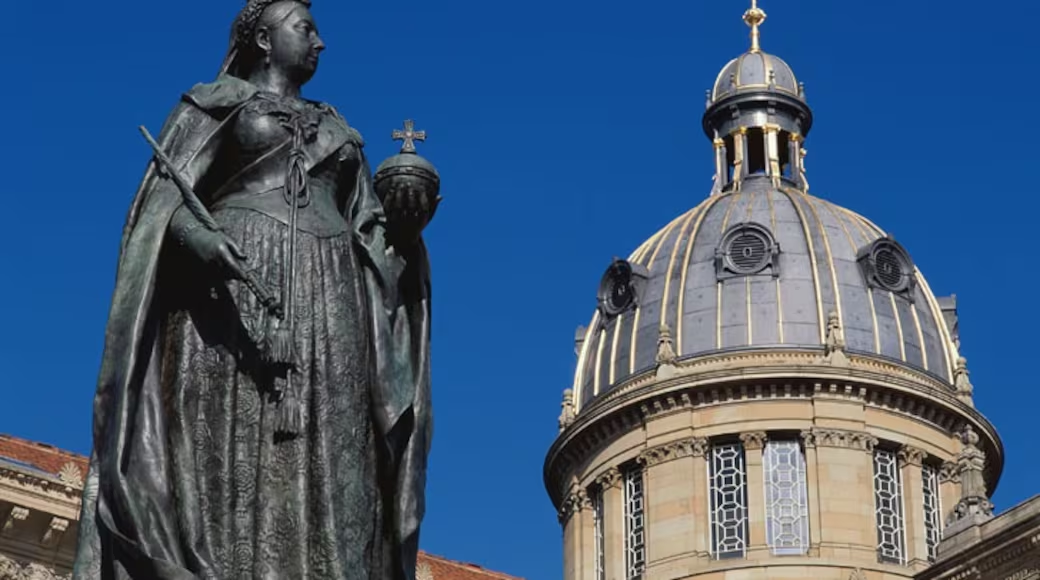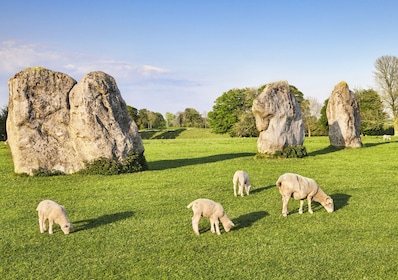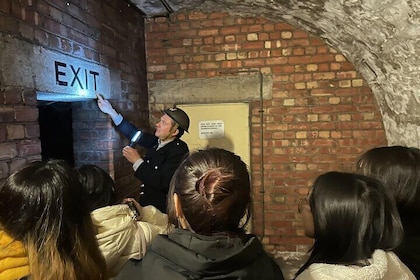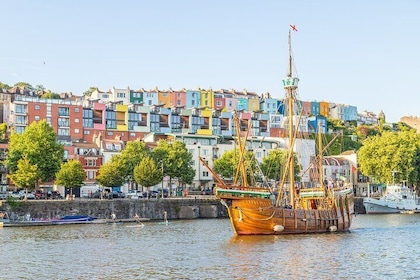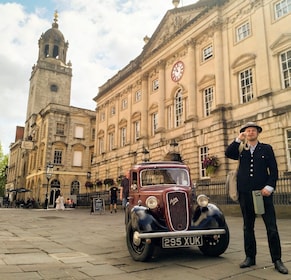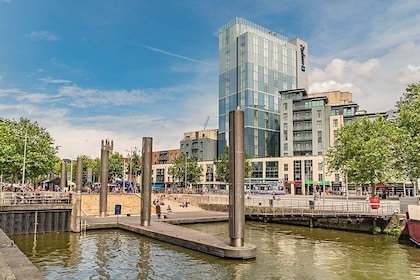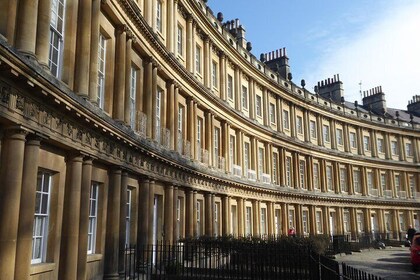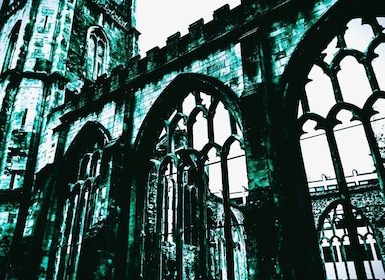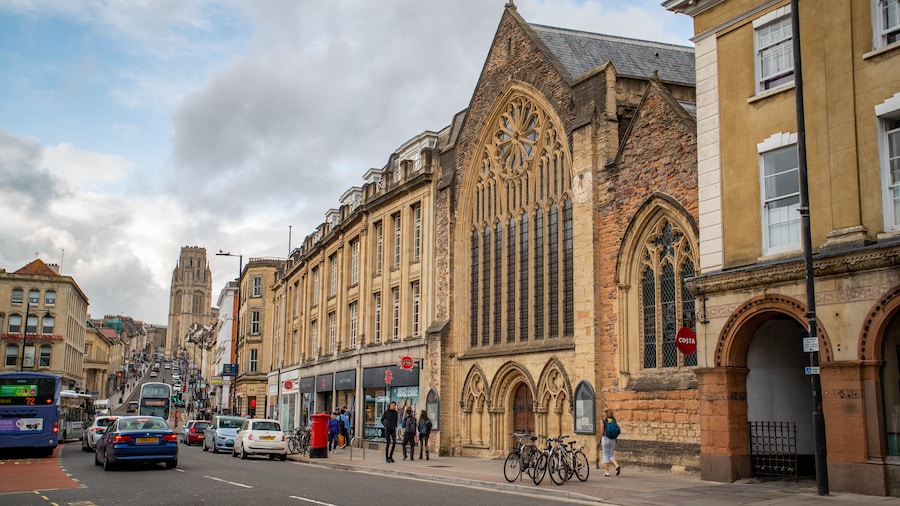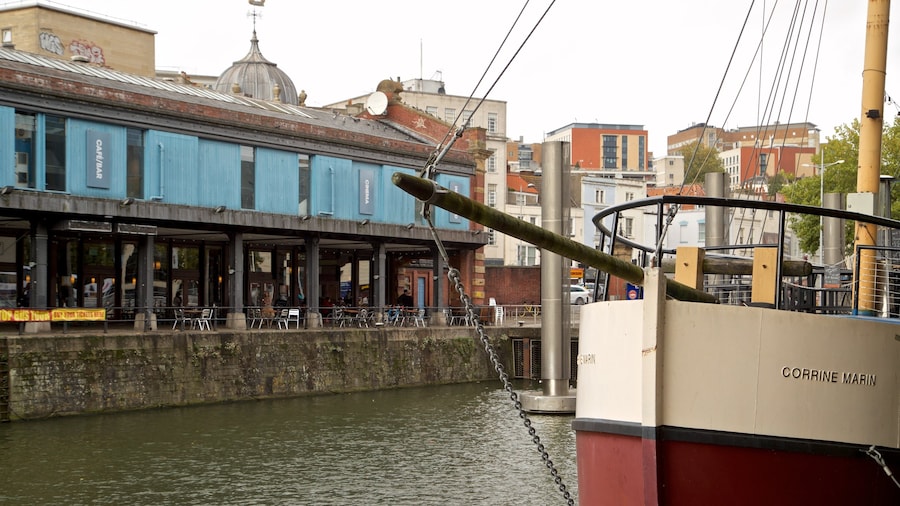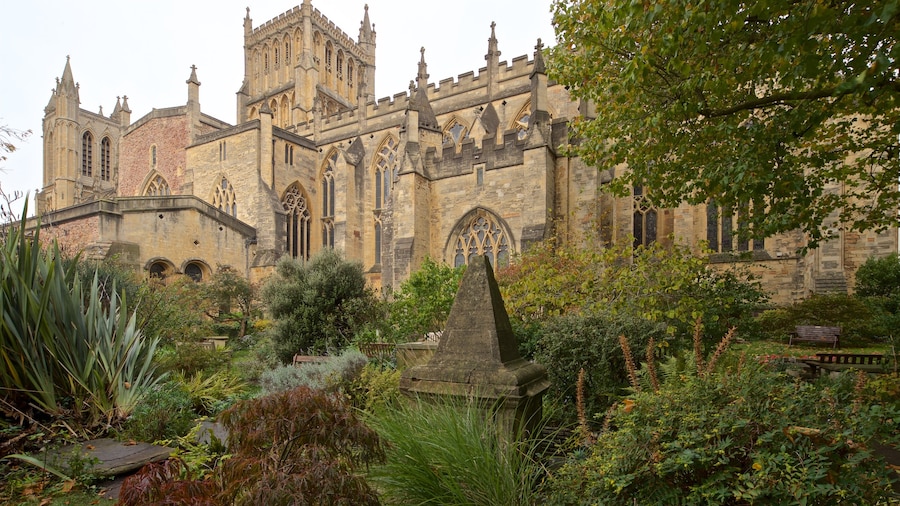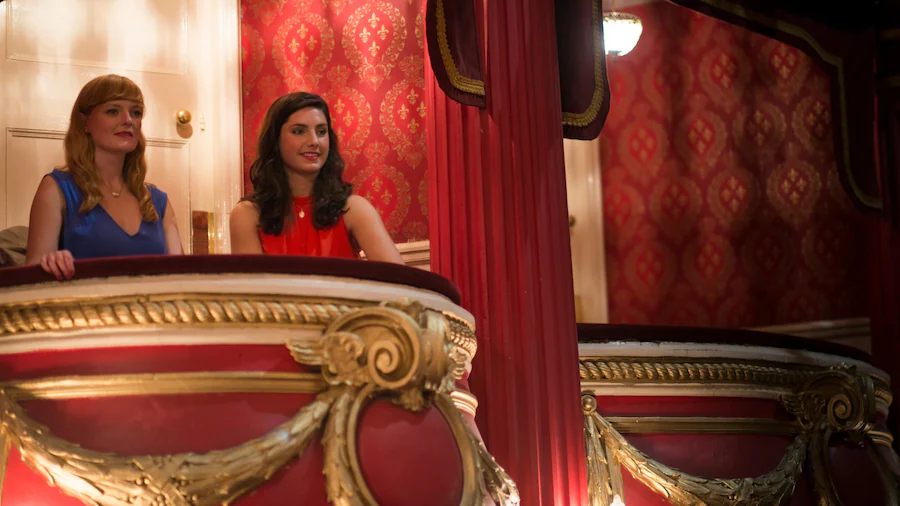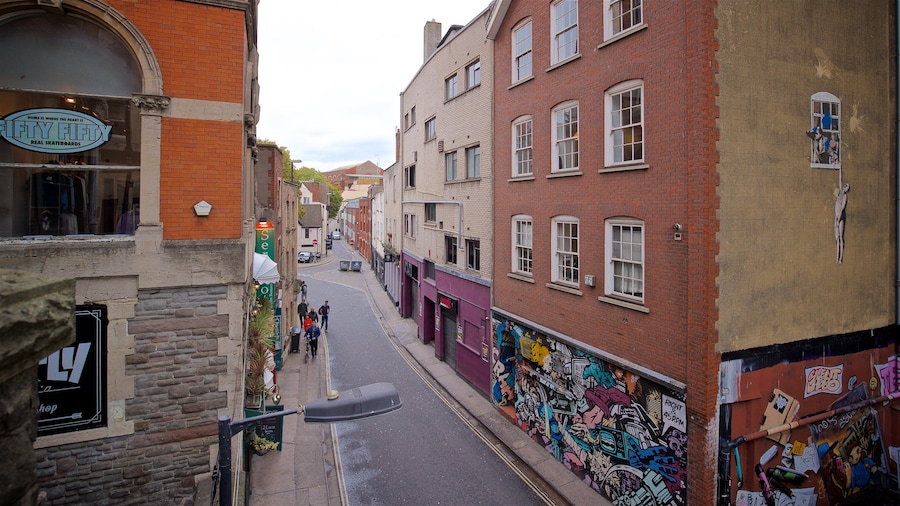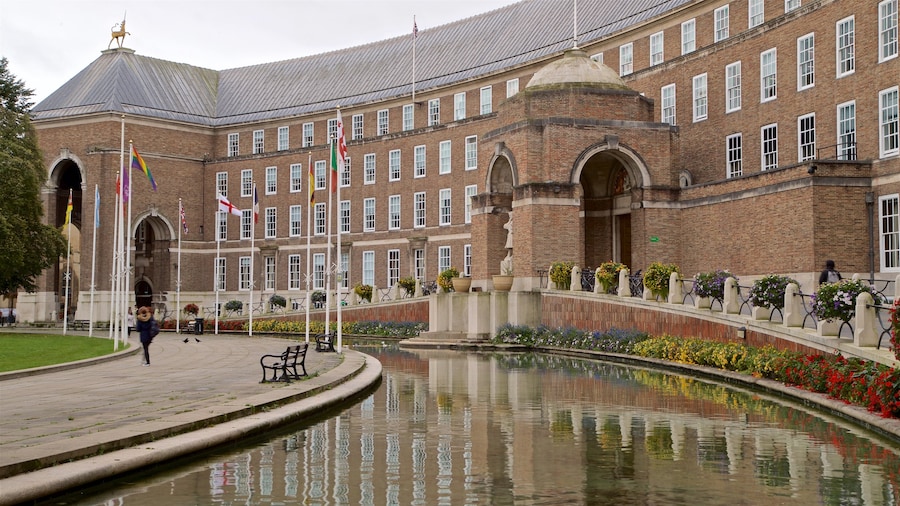Queen Victoria’s Statue is a regal monument in Bristol City Centre. It portrays Queen Victoria, who served as the Queen of the United Kingdom and later the Empress of India from 1837 until her death in 1901. The Viennese sculptor Sir Joseph Edgar Boehm designed Queen Victoria’s Statue. It was unveiled during a ceremony by the monarch’s grandson in 1888 to commemorate her Golden Jubilee the year prior.
The almost 9-feet (2.7-meter) tall marble statue depicts the queen standing on a plinth, dressed in ceremonial robes and wearing a crown. In her right hand is a scepter and in her left hand is an orb, the latter decorated with a cross. Below the statue is a square-shaped bronze base ornamented with carvings of fish, cherubs and inscribed panels. Circular cobblestone steps lead up to the base.
A regeneration project took place in the area around the statue in 2004, during which a time capsule was discovered beneath the plinth. This glass artifact is now on display at the Bristol Museum and Art Gallery. In 2016, the feminist street artist Vaj defaced the landmark by adding legs and hair to the lower half of the queen’s body.
The statue is a good starting point for exploring the area around College Green public park. Visit Bristol Cathedral, founded in 1140 and built in a fusion of Romanesque, Norman and Gothic styles. Bristol City Hall is a Neo-Georgian masterpiece that curves around the park’s western edge. See a statue of religious reformer Raja Rammohan Roy outside the Central Library and admire the stained-glass windows of the Lord Mayor’s Chapel.
Conveniently located between Bristol City Centre and Bristol Harbourside, Queen Victoria’s Statue is easy to reach via the city’s public transportation network. Passenger ferries stop a short walk away at Bristol City Centre Landing. There’s a metered car park behind Bristol City Hall. Bristol Aquarium and Millennium Square are among several popular nearby attractions.
